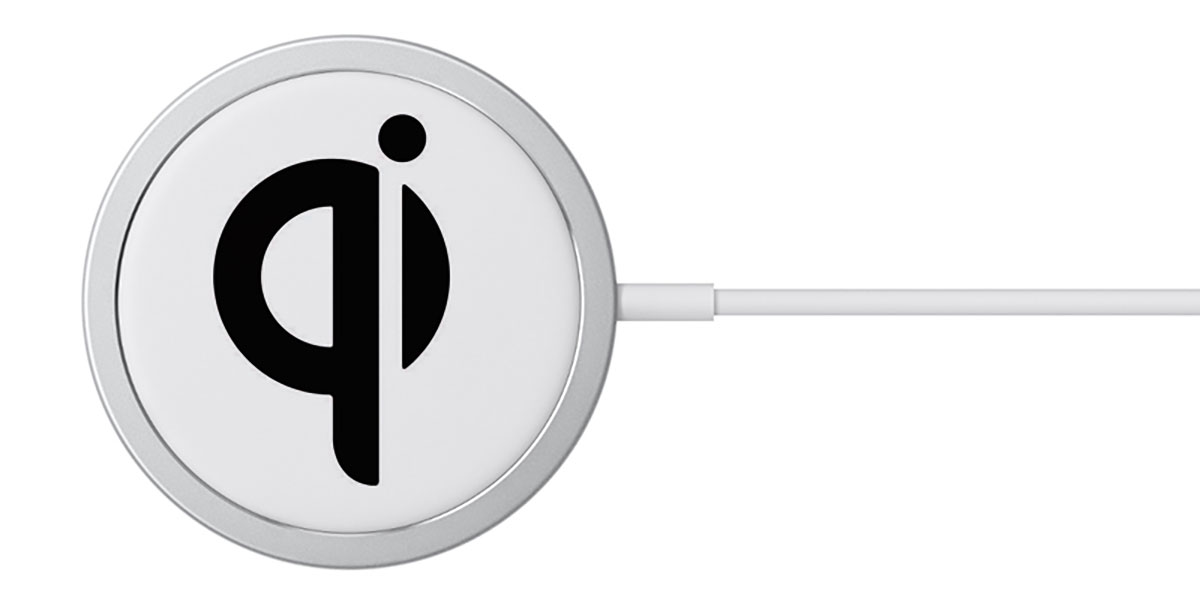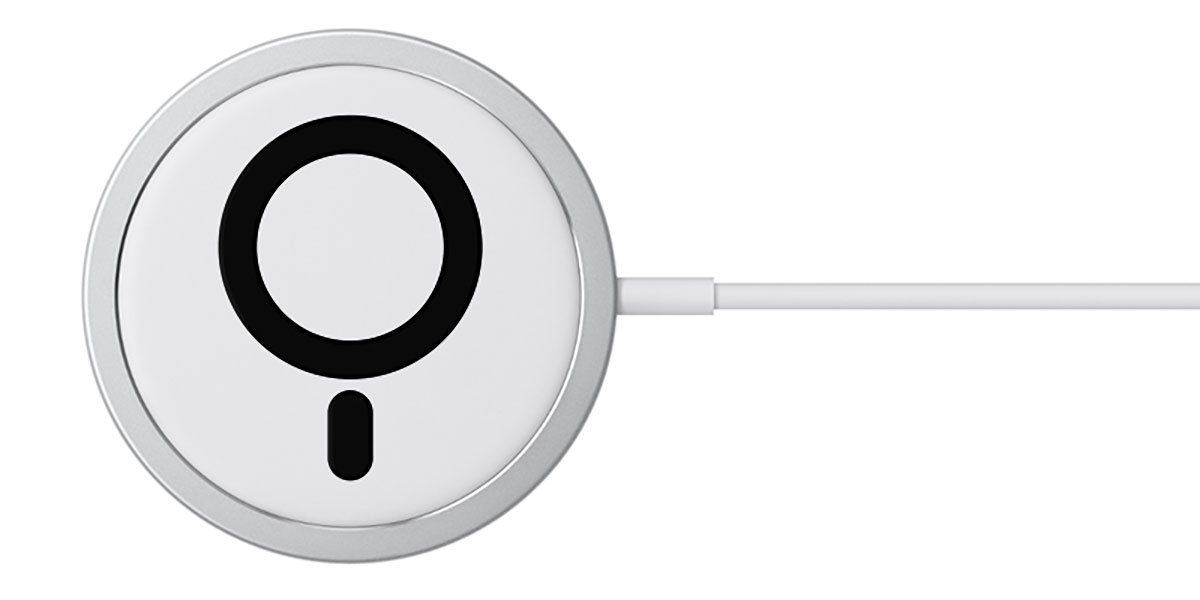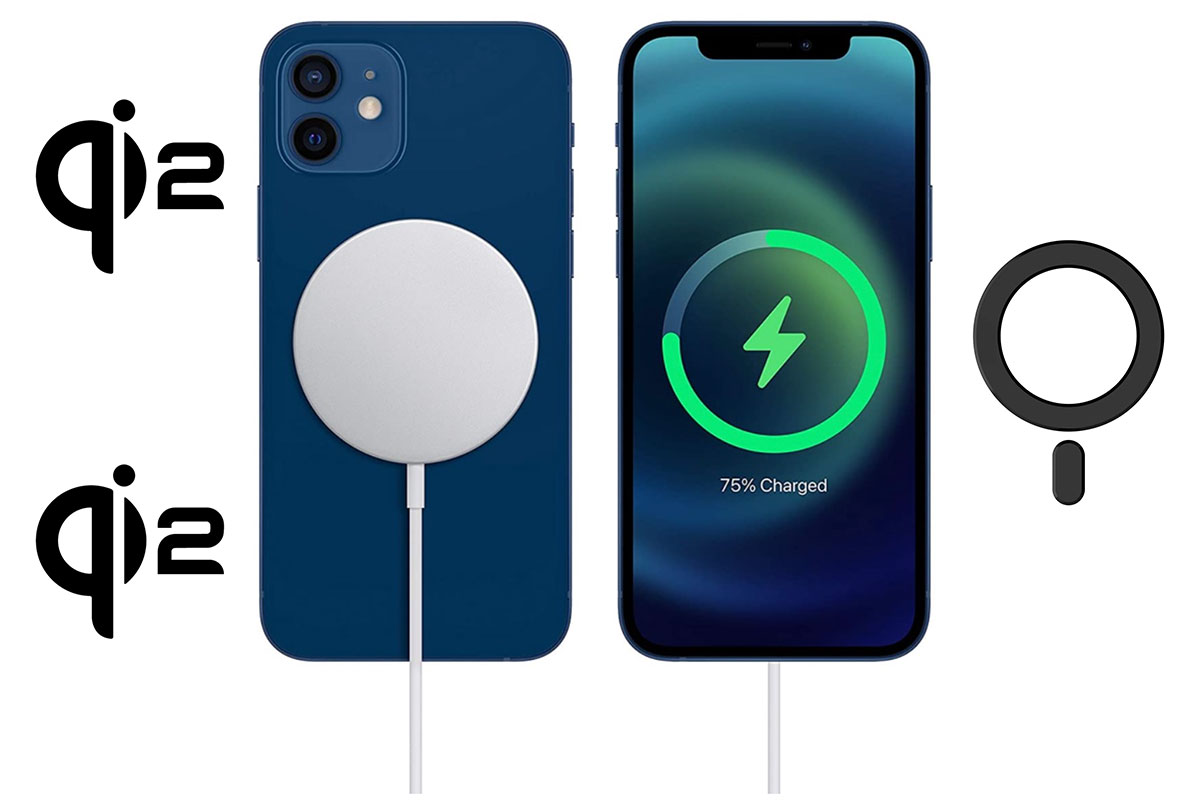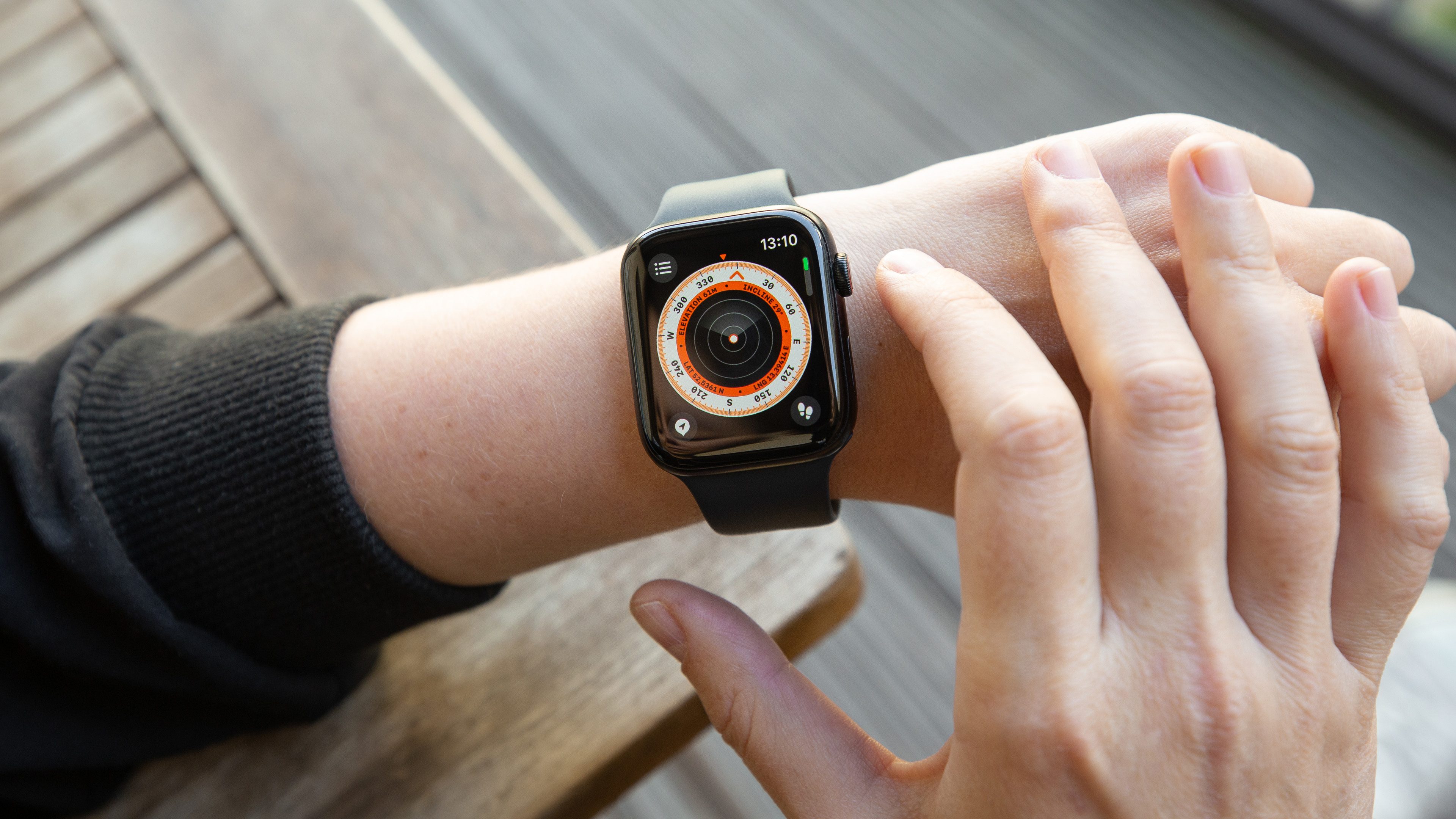
Not having to find the right cable or carry one around with you makes wireless charging a convenient way of charging your mobile devices—iPhone, Apple Watch, AirPods and many third-party gadgets.
There are multiple wireless charging standards and technologies. Here we will explain the major ones—Qi, MagSafe and the latest Qi2. Knowing which is which will help you to make your charging life more efficient.
Qi2, supported by the iPhone 15 family at launch and the iPhone 13 and iPhone 14 as of iOS 17.2, promises to speed up wireless charging and make chargers cheaper as well as more efficient. It is very like MagSafe, which is unsurprising as Apple allowed the Wireless Power Consortium (WPC) to use MagSafe as the basis of Qi2.
In short, Qi2 should bring the magnetic benefits of MagSafe to Android, but also make third-party iPhone chargers faster and potentially cheaper. Manufacturers are more likely to create new products when the market is larger (iPhone and Android) and costs should come down, too.
How does wireless charging work?
Wireless charging uses electromagnetic induction to power your devices. The charging pad and your phone both include copper wire coils. Plug the pad into a power source and the charger’s coil generates a magnetic field. When you place your phone onto the charging pad, the phone’s coil converts that magnetic field into an electric current, thus charging the phone.
First, let’s look at the original Qi, which all iPhones post iPhone 8 support.

Foundry
What is Qi wireless charging?
Qi is a Chinese word that means “energy flow”. Pronounced “chee”, Qi is the basic and most popular wireless charging standard, launched in 2008 but not seen on an iPhone until 2017’s iPhone 8.
Apple continues to support the Qi wireless charging standard with its most recent iPhones—and the iPhone 15 is compatible with Qi2, more on which later.
This means that iPhones from the iPhone 8 onwards can be placed on a Qi-compatible charger to start charging without a cable. (Of course, the Qi charging pad or stand itself has to be connected via a cable to a power charger.)
While wireless charging means less wear and tear to your devices, it is not as efficient as charging via a cable (wired charging) as some of the energy is lost between the charging pad and the device placed on it.
Qi users will know that you have to ensure your device is placed in exactly the right alignment for fast wireless charging to take place.
Place the iPhone on the pad incorrectly and you end up either charging much more slowly or not at all.
Many of us have dropped a phone on a Qi charger only to find out later that it wasn’t in the right place and so annoyingly never started charging—a problem largely solved by Apple’s MagSafe.
While Qi’s maximum wireless charge is 15W, Apple’s iPhone supports only 7.5W via Qi.
Which iPhones use Qi?
Qi charging is built into the iPhone 8, X, XR, XS, SE, 11, 12, 13, and 14 families. The iPhone 15 works with Qi but is rated as Qi2; see later.

Foundry
What is MagSafe wireless charging?
Apple’s magnetic MagSafe iPhones contain a ring of magnets built around its Qi charging coil. As a result, you can magnetically clamp charging accessories onto the iPhone. In fact, you can magnetically attach non-charging accessories, such as wallets and mounts, too.
MagSafe—from 2020’s iPhone 12 on—makes missing the charging pad’s coils much less likely with its ring of magnets quickly finding the charging alignment sweet spot—on a compatible charger—so you will always connect and less energy is wasted.
iPhones can work with wireless chargers that are either MagSafe certified by Apple (“made for MagSafe”) or are compatible with MagSafe—plus less sophisticated Qi chargers.
Certified MagSafe chargers can supply 15W to the iPhone, while merely MagSafe compatible chargers are limited to 7.5W, but compatible chargers are usually cheaper.
(Note that the iPhone 12 mini only charges at 12W with MagSafe.)
We have tested the best MagSafe chargers for iPhones and the best MagSafe power banks for iPhones.
Some thicker cases get in the way of MagSafe wireless charging so make sure your iPhone’s case is MagSafe compatible—see our roundup of the best iPhone 15 Cases.
Wireless charging is great, but it’s not as fast as wired charging. For truly fast iPhone charging, use a cable connected to at least a 20W USB-C charger. For the iPhone 15, that means a USB-C to USB-C cable; for older iPhones you’ll need a USB-C to Lightning cable. A USB-A to Lightning cable won’t offer iPhone fast charging. Click here for more iPhone fast-charging tips.
Somewhat confusingly, MagSafe is also the name for Apple’s wired-charging standard for its MacBooks—connecting the charging cable to the MacBook’s MagSafe port via magnets, meaning it is not only easy to connect but, if accidentally disconnected, it pops out rather than dragging your laptop to the floor. This version of MagSafe is magnetic and safe and has a charging connection for MacBooks but is not wireless. We explain the difference between MagSafe on Mac and MagSafe on iPhones in our Complete guide to Apple MagSafe: What is MagSafe?
Which iPhones use MagSafe?
MagSafe wireless charging is built into the iPhone 12, 13, 14, and 15 families.

Foundry
What is Qi2 wireless charging?
Qi2 (“chee too”) is the latest version of the Qi “energy flow” wireless charging standard.
Famed for its “Not Invented Here” strategy, Apple can be quite precious about adopting other technical standards. It has a long history of rejecting any idea that didn’t originate within Apple itself.
However, Apple has cooperated with the creation of Qi2 to the extent that in effect it gave the Wireless Power Consortium (WPC) MagSafe to use as the basis for Qi2’s Magnetic Power Profile (MPP) that defines how the new generation Qi works. Apple is a WPC “steering member” and chair of the board of directors.
So what is Qi2 and why is it so great?
Think of Qi2 as not just MagSafe for Android, but MagSafe benefits for all compatible wireless charging products.
Qi2 will mean chargers won’t have to be certified by Apple to support 15W charging. They should, however, meet the technical demands of the WPC. In short, a Qi2 charger will deliver twice as fast charging as MagSafe-compatible chargers.
As MagSafe certification costs manufacturers a fee to Apple, removing this should result in cheaper chargers that match Apple-certified chargers in terms of speed. Qi2 could eventually overtake MagSafe in terms of charging speed, exceeding its 15W maximum.
Which iPhones use Qi2?
Qi2 wireless charging is built into the iPhone 15 family. As of iOS 17.2, Apple brought the technology to all iPhone 13 and 14 models as well. It’s not clear whether the iPhone 12, the first iPhone to support MagSafe, will ever gain support. Qi2 is so new that products haven’t yet rolled out as of late 2023.

Foundry
Which is best MagSafe or Qi2?
First, both MagSafe and Qi2 are better than plain Qi. They are more efficient and definitely offer faster wireless charging than Qi.
For all extents and purposes, Qi2 looks pretty identical to MagSafe so iPhone 15 users can choose between MagSafe or Qi2 without fear.
Accessory maker and close partner with Apple, Belkin has stated that its upcoming BoostCharge Qi2 chargers “will be able to charge MagSafe iPhones at 15W”.
Anker claims that its MagGo Qi2 charging devices will be “compatible with all Apple MagSafe iPhone products”.
Both should clamp chargers magnetically to the iPhone in the same way and allow for 15W wireless charging.
When will Qi2 chargers be released?
The specifications for Qi2 are completed and Qi2-certified chargers should be available approximately by the end of 2023.
Apple’s iPhone 15 is the first announced Qi2 smartphone but it’s not yet officially certified as we are still waiting for the certification process to be announced.






